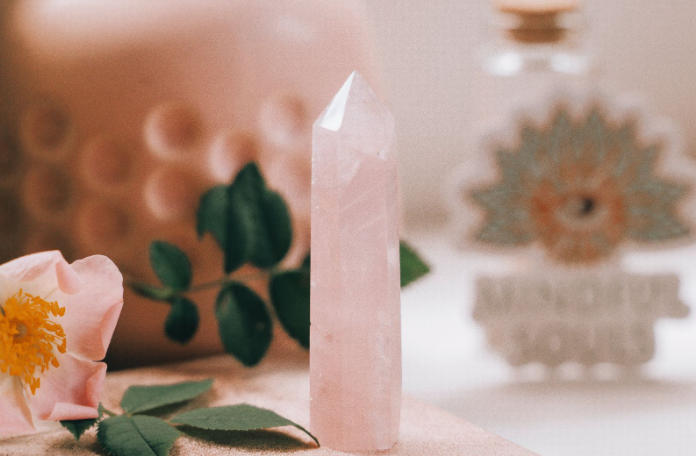
Rose quartz is a variety of quartz named for its delicate pink hue, caused by minerals such as manganese, iron, or titanium, replacing some silicon atoms that form the quartz crystal. These minerals are capable of reflecting wavelengths of light that give off a pink hue - thereby giving rose quartz its color. The intensity of its hue is impacted by the location and amount of impurities (additional minerals).
A quick guide to ROSE QUARTZ
| Specification | Details |
| Most Popular Color | Medium-dark pink |
| Most Popular Cut | Cabochon |
| Hardness | 7 on Mohs Hardness |
What countries produce rose quartz?
Rose quartz can be found in various locations around the world, but some of the most famous samples have been mined in the Brazilian state of Minas Gerais. One of these is known as ‘La Madonna Rosa’, detailed later in this article.
Top producers include:
- Brazil
- Madagascar
- India
- Sri Lanka
- United States
Shades of rose quartz
The color of rose quartz spans from an extremely faint, barely there pink to a deep rose-pink shade. Darker shades of pink, which also render the stone more valuable, typically occur in larger specimens. Stonecutters can intensify rose quartz’s color by the shape in which they cut the stone.
Common cuts and notes on durability
Rose quartz is usually cut into cabochons, beads, and faceted stones. A hardness of 7 translates to rose quartz jewelry pieces being durable enough for daily wear.
History, legend, and trends in popular culture
One of the most famous rose quartz pieces is ‘La Madona Rosa’, or the Pink Madonna, that was sold for $550,000 in June 2013 by Heritage Auctions. The Pink Madonna is believed to have been discovered at the Sapucaia Mine in Minas Gerais, Brazil in the 1950s. It was given its name due to a halo of rose quartz crystals surrounding smoky quartz in a formation similar to a human form. The piece is also uncommonly large, with a height of 39 centimeters and width of 20 centimeters (source).
Rose quartz has a history as a symbol of love, beauty and romance. The Ancient Romans and Greeks associated the stone with their respective goddesses of love, Venus and Aphrodite, and the tradition continued throughout other cultures in history.
Legends say that rose quartz is capable of promoting romantic love, fertility, sexuality and energy. It is said to have healing properties, and the ability to relieve anger, tension, guilt, grief and fear, making the wearer look years younger.
In 2016, rose quartz was the Pantone color of the year (source). Rose quartz enjoyed an increase in popularity in jewelry trends alongside the increased popularity of rose gold.



